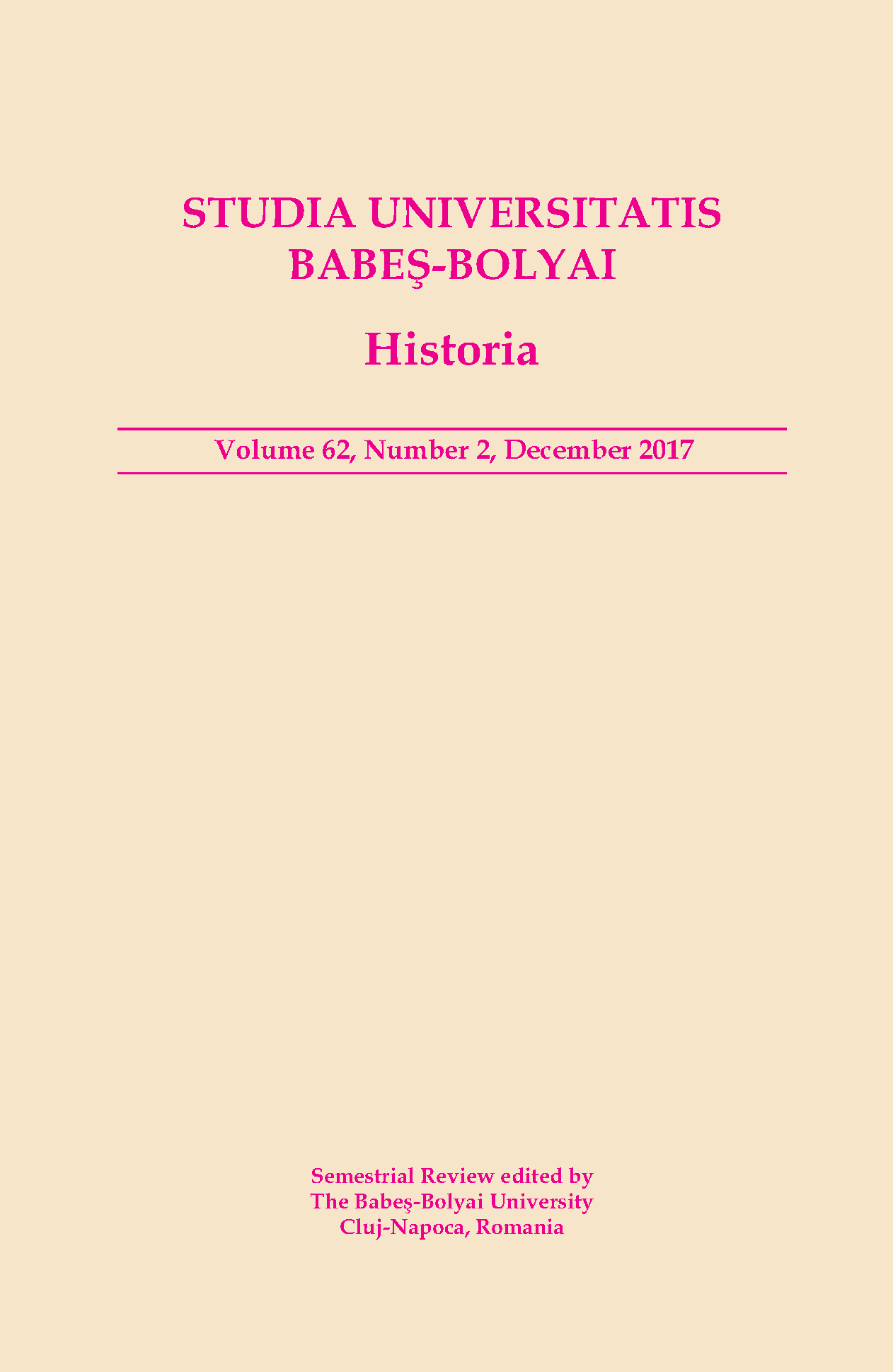BOOK REVIEW: Stephen Kotkin, “Stalin: Waiting for Hitler, 1929-1941”, Penguin Books, London, 2017
Abstract
Stalin and Hitler have been by far the two most written about dictators of the 20th Century. While this means that there is a vast literature from which to choose, it also makes it more difficult to bring original contributions. In the case of Stalin, Stephen Kotkin has proven, with the first two parts of his biographical trilogy that we have yet to have seen the definitive book on the Red Tsar. The second volume, entitled Stalin: Waiting for Hitler, 1929-1941 presents the implementation and creation of the Stalinist system and how it came to mould the very essence of the Soviet Union and its inevitable clash with its historic opponent, Nazi Germany.
To historians of the contemporary period, Stephen Kotkin has become by now a household name. He came of fame with his ground-breaking book, Magnetic Mountain: Stalinism as a Civilisation1, which is considered by some to have ushered the first steps towards the post-revisionist paradigm. It was for the first time that a historian tried applying Michel Foucault‟s theory of the linguistic turn to an analysis of the transformations suffered by Soviet society under Stalin‟s leadership. Yet Kotkin‟s research has not been limited to this topic, as in Armageddon Averted 2 and Uncivil Society 3 he moved towards elements of transitional studies combined with economic insight, as he looked at the decline and fall of European communist regimes and the establishment of democratic states. Currently, he is the John P. Birkelund ‟52 Professor at Princeton in History and International Affairs at the Woodrow Wilson School at Princeton University. He is also a Fellow at the Hoover Institution at Stanford University. In the past few years Stephen Kotkin has focused much of his efforts in writing the most comprehensive biography of Stalin, a part of which is here under review.
Downloads
Published
How to Cite
Issue
Section
License
Copyright (c) 2017 Studia Universitatis Babeș-Bolyai Historia

This work is licensed under a Creative Commons Attribution-NonCommercial-NoDerivatives 4.0 International License.






